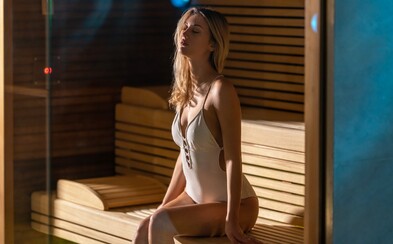 Ozempic can cause vision loss. A new study has shown a link between the drug and eye problems
Ozempic can cause vision loss. A new study has shown a link between the drug and eye problems
Ozempic can cause vision loss. A new study has shown a link between the drug and eye problems
Ozempic can cause vision loss. A new study has shown a link between the drug and eye problems
Turn Off Your Cell Phone And Throw Away Your Shame. We Tried The Japanese "Forest Therapy" Shinrin-Yoku
I'm no esoteric, and although I have a strong connection to nature, I've always made a little fun of people who hug trees. However, I leave this unusual therapy completely calm with the feeling that I can handle all problems.
If problems persis, please contact administrator.
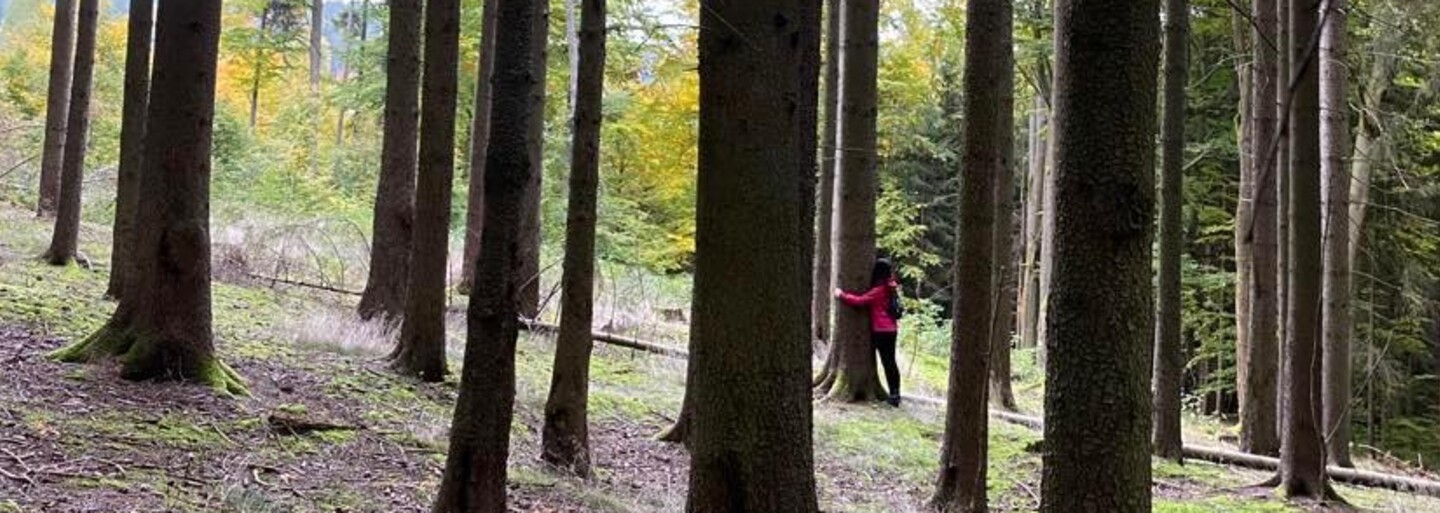
In the Japanese vocabulary, there is a special term karoshi, which translates as "death from overwork". The cause of death is usually a heart attack or stroke caused by excessive work and stress.
In the twentieth century, more and more working Japanese (mostly men) began to commit suicide. The reason was excessive pressure on work performance and overtime. In the 1980s, a "karosh hotline" was created for this reason for people (and their families) who were threatened that their overwork would have fatal consequences.
It is not surprising that it was during this period that the special forest therapy shinrin-yoku (also referred to as "forest bath") was created, which was supposed to help people regain their lost peace and restore their contact with nature - on a much deeper and more conscious level.
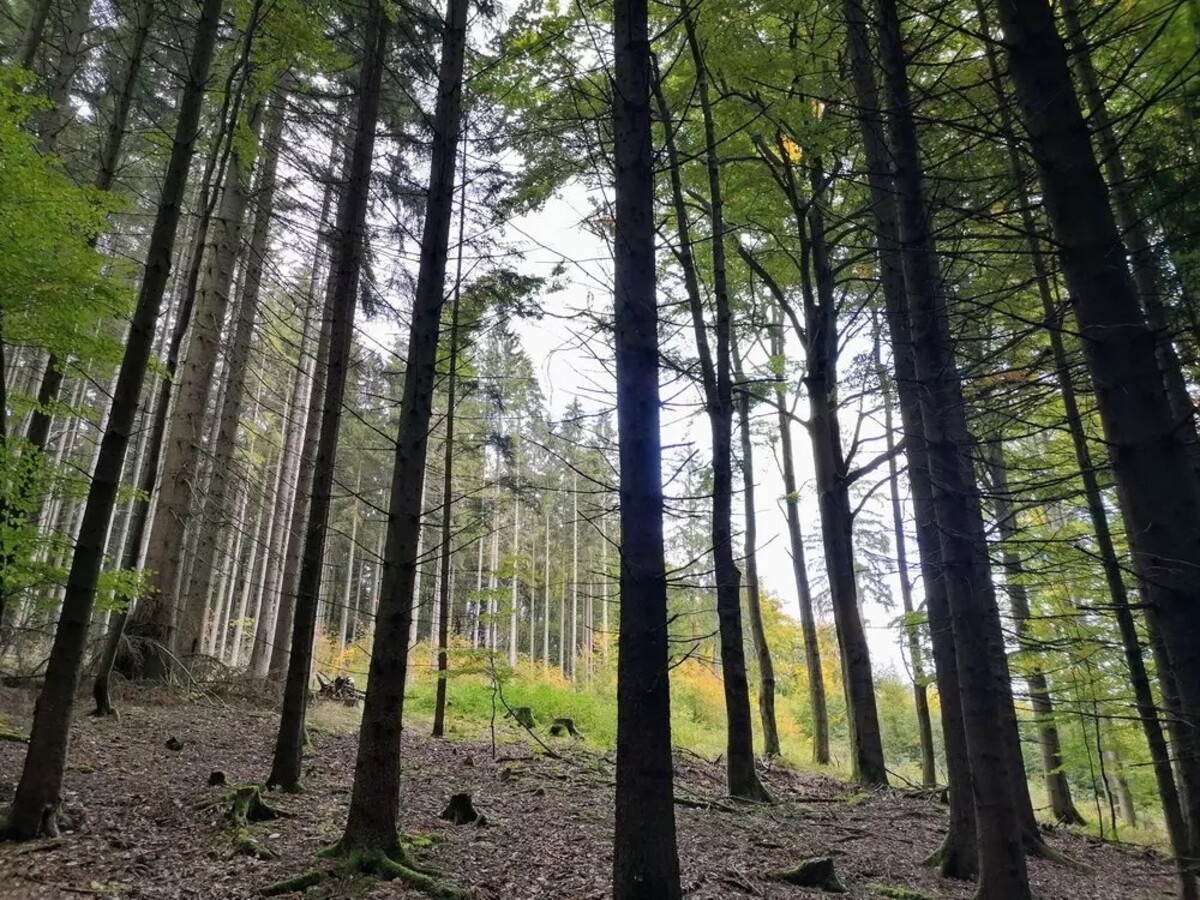
This therapy, the effectiveness of which has been proven by many scientific studies, is also supported by the Japanese government and is part of preventive health care today. Since 2012, the department of forest medicine has also been operating in the country, which studies the impact of the forest on the physical and mental health of people. According to Japanese scientists, forest therapy strengthens the immune system, fights insomnia and normalizes blood pressure.
Walk, just a little different
Before leaving for the forest, we meet a forest therapist - Lucia - with bright blue eyes. In addition to me, four other female journalists, each from a different age category, are participating in the therapy. We are all curious, we have no idea what awaits us.
Lucia explains to us that forest therapy has only two rules - cell phones must be switched off and everything is allowed, but nothing is required. "If you like the exercises, I will be glad if you take part in them. However, if you don't feel completely comfortable, I'm not forcing anyone to do anything. You can just stand there and enjoy the nature," says Lucia in a quiet and calm voice as we enter the autumn forest.
We are not very far away, the forest is right next to the hotel, but even so, we feel like we are in a fairy tale. Tall healthy trees, bright green moss and fresh air keep us company.
– You walk slowly, you don't go far into the forest, but you are there for a long time.
– You don't have a goal – no peak, lookout or step count. Your goal is the road.
– You will learn something new, but this does not mean the names of plants or mushrooms. It is about establishing a closer relationship with nature.
Lucia emphasizes that in order to enjoy the effects of forest therapy to the fullest, it is important to come with an open mind and discard any shame. Since I want to fully experience the therapy, I convince myself that I believe it and I am ready to relax.

I feel a lot of accumulated stress in my body from the last few weeks, so I don't fully trust myself. We don't walk for long, Lucia stops at the edge of the forest after a while. We are very close to civilization, we can still hear the distant sound of traffic. We learn that the ideal place for forest therapy is about 400 meters deep into the forest. That is where the highest concentration of terpenes – aromatic components found in plants that are said to have healing effects – should be.
Meditation and the "talking stick"
Therapy begins. Lucia first invites us to choose a tree and "place" all our problems and sorrows on it. We can come back for them later if we want, she says.
I put my palms on the tree trunk and think about what is bothering me at the moment. I try to imagine that the tree takes these problems "onto its shoulders", but it doesn't quite work. On the one hand, I am not yet relaxed enough to believe it, on the other hand, I feel sorry for him - poor thing, because within a year and a day he will dry up and split in two, I tell myself half-jokingly.
When we meet again, I can see on the faces of the other women that the mood has dropped a bit. We all obviously come with some baggage. For a moment, we may have believed that we left our problems somewhere for a while. At this moment, the first exercise begins.
Lucia speaks in a very slow, quiet voice. She asks us to close our eyes and gradually focus on our feet, the ground we are standing on, our breath, our chest, our abdomen and our fingertips. We continue by smelling and trying to feel the fresh forest air.
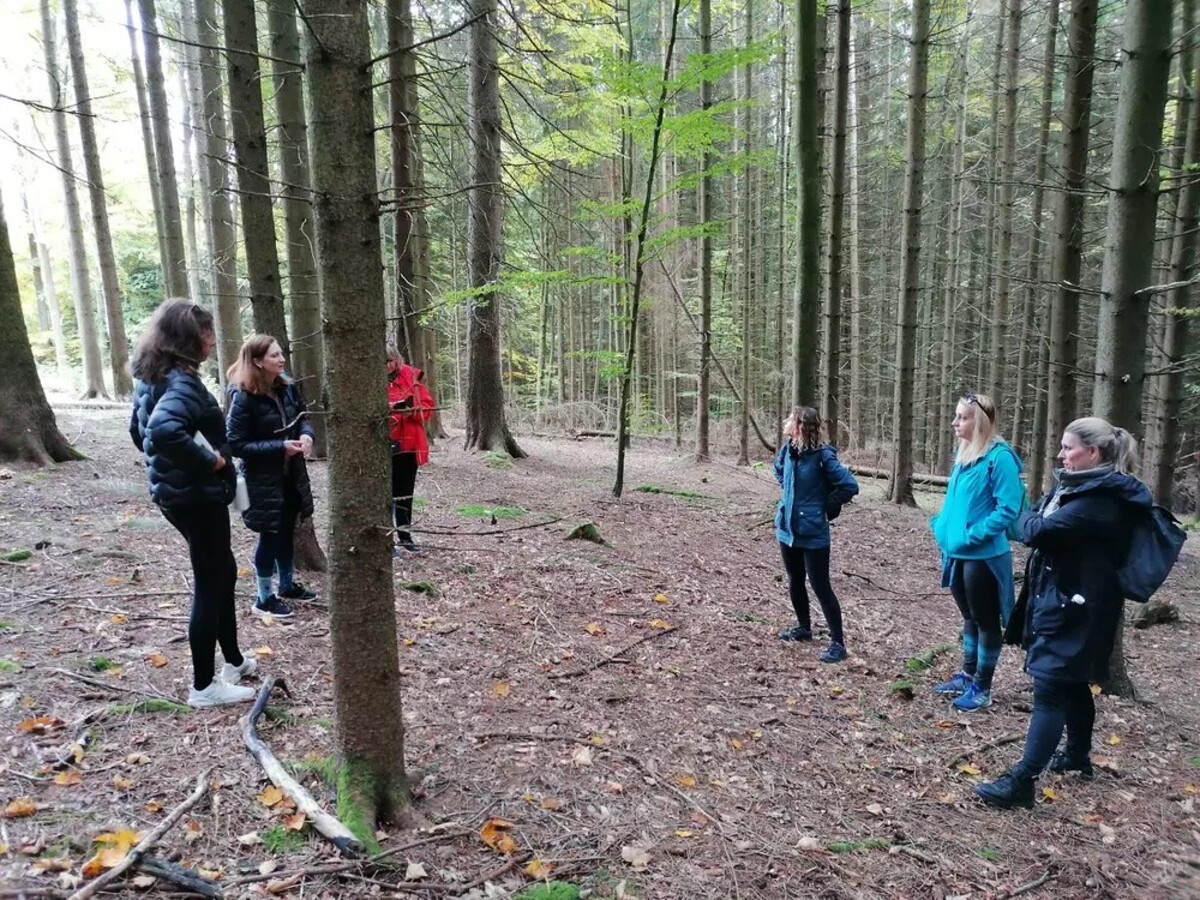
At the end comes an auditory exercise - first we perceive only the most distant sounds, then nearby sounds. After all, we only focus on the sounds immediately besides our heads. We listen to the sound of nature, the chirping of birds and the calm voice of our therapist. We slowly open our eyes and perceive all the colors and textures. The exercise ends after approximately eight minutes.
I am so relaxed that I could stand like this for an hour with my eyes closed. Lucia picks up a mallet and calls it a "talking stick". "If you want to share your feelings with others, take this mallet. If not, that's okay. I'll just hold her for a while," he says. We all just stand in silence, Lucia throws away the mallet and we move on.
In the skin of a Martian
A conversation between the two journalists is getting to me, but I feel the need to be quiet. We stop about twenty meters further, a little deeper in the forest. An exercise is coming, which should draw us deeper into the surrounding atmosphere.
We are supposed to imagine that we are Martians coming from an inhospitable planet and seeing a forest for the first time. Now we have the opportunity to re-examine everything. Lucia encourages us to notice the details, look at them closely, smell them and try to involve all the senses. "Try to look at the forest differently," Lucia adds as we each set off on our own private expedition.
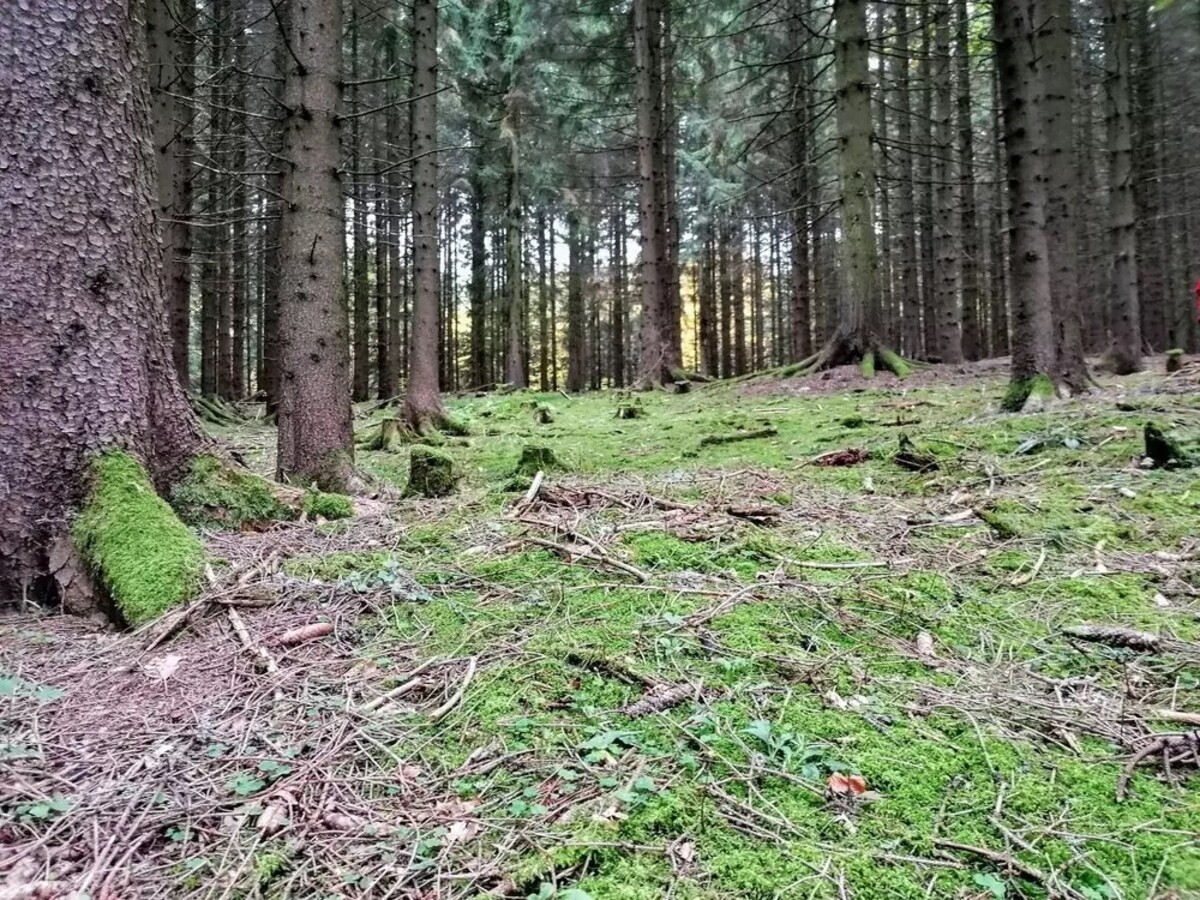
I have no problem imagining that I am coming from an inhospitable planet – the rainy city I came from was already getting on my nerves and I longed for my home. So I immerse myself in the therapeutic game and let myself be fascinated by the beauty of the green crowns of the trees, the softness of the moss, the scent of needles and the perfect mosaic of tree trunks. At the end of the exercise, I sit on the ground like a child and scrape a hole in the ground with a cone - I don't know why.
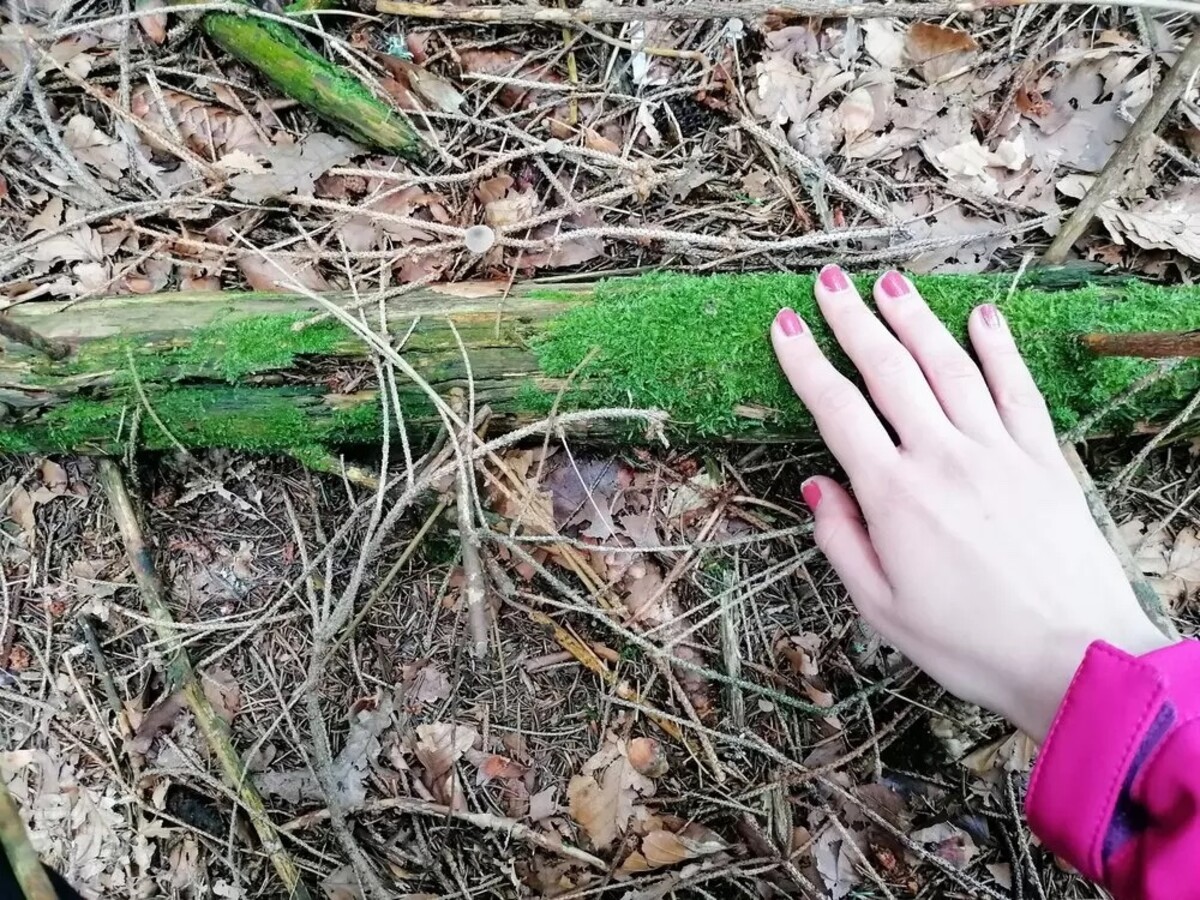
As we meet again, I discover that I am not the only "Martian" who has awakened the child within. Each of us brought a souvenir - a colourful caterpillar, a cone, or a handful of mushrooms. We look at each other's finds and look like kids competing to see who found the better "treasure". In the context of our age, it's a bit funny, but actually very pleasant.
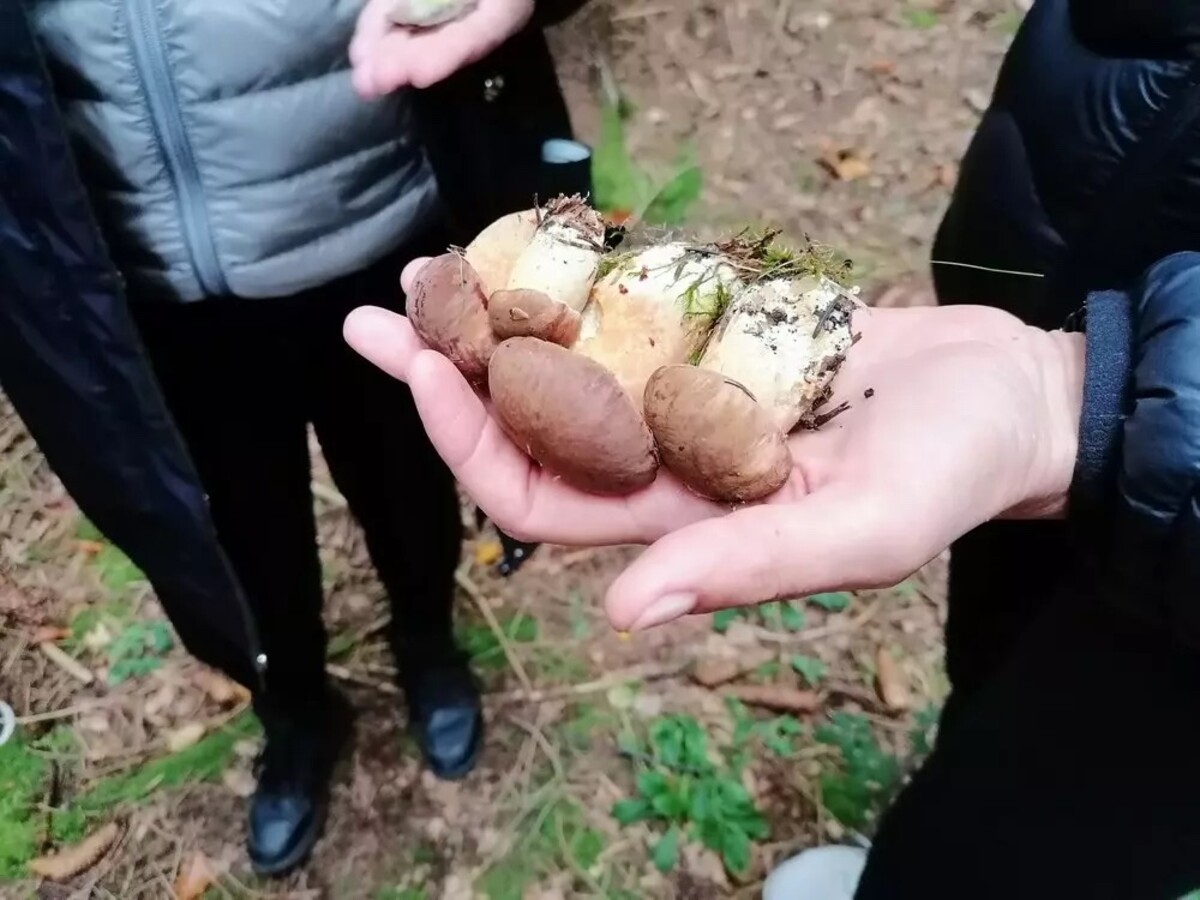
We move a few meters further again. Lucia starts talking about how our head is a time machine. "When it takes us to the past too often, it can lead to depression. On the other hand, when we think too much about what will be, we jump into a spiral from which it is difficult to get out. The thoughts are blacker and blacker. That's why it's important to realize that and learn to be in the present moment."
In the third exercise, we have to walk very carefully from foot to foot and feel the ground beneath us. When I hear that it's even better in the summer and barefoot, I don't hesitate and, as the only participant, I take off my shoes and socks. Although it is the beginning of October, I am not cold.
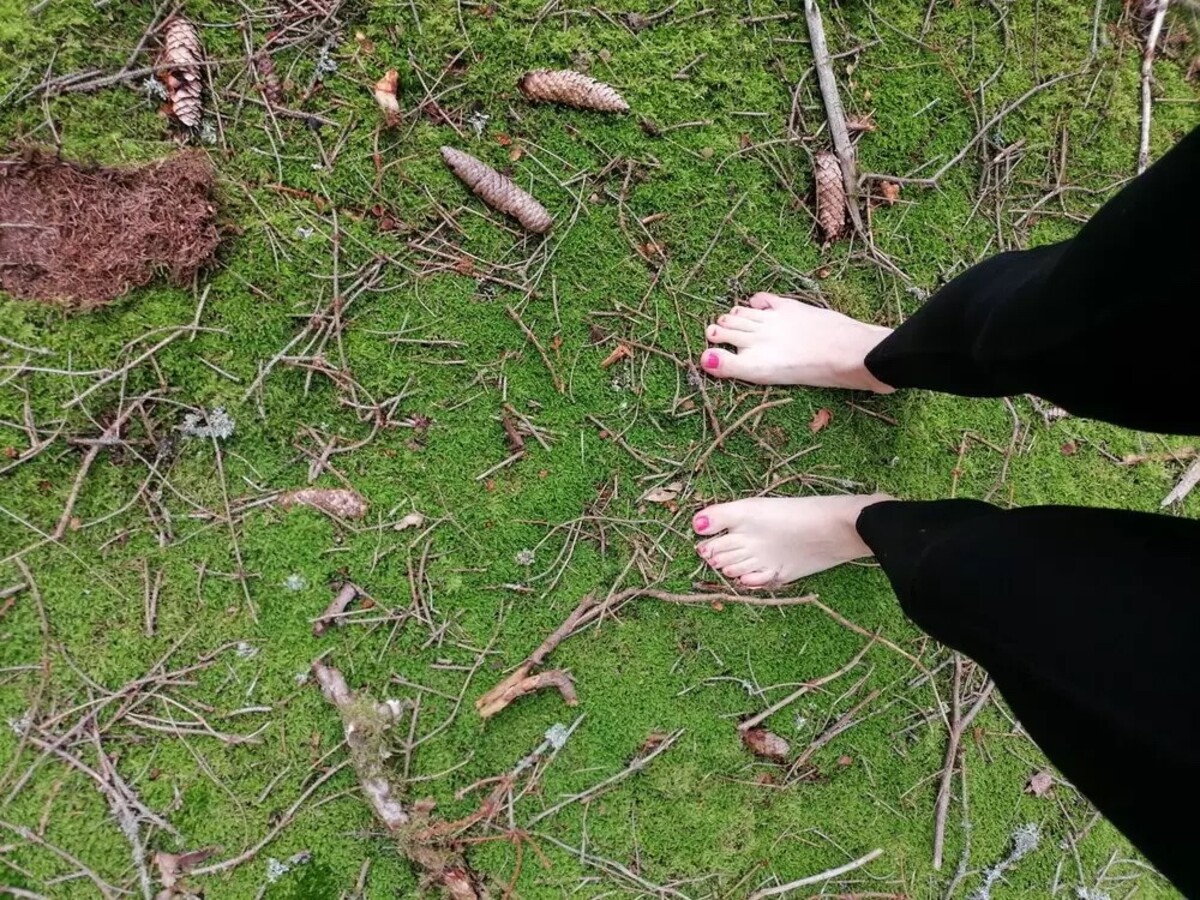
At first I only walk on soft moss, but after a while I'm looking for sharper sticks and pebbles. Lucia explains to me that by walking barefoot I'm exchanging energy with the earth, but I'm just enjoying an excellent massage. Since I have to be careful where I step and climb, I also train my concentration and practice the much talked about mindfulness without even knowing about it.
"Are you going to go all the way to the hotel like this?" asks one of the journalists amused, looking at my bare feet. I really think about it, but finally common sense prevails and I put on my shoes again.
Hi tree, I'm Ema
The penultimate exercise is very quick and easy. We are to choose a tree that we like and exchange with it what we each need. We give him carbon dioxide, he gives us terpenes. Place your palms on the surface of the bark again and inhale its aroma.
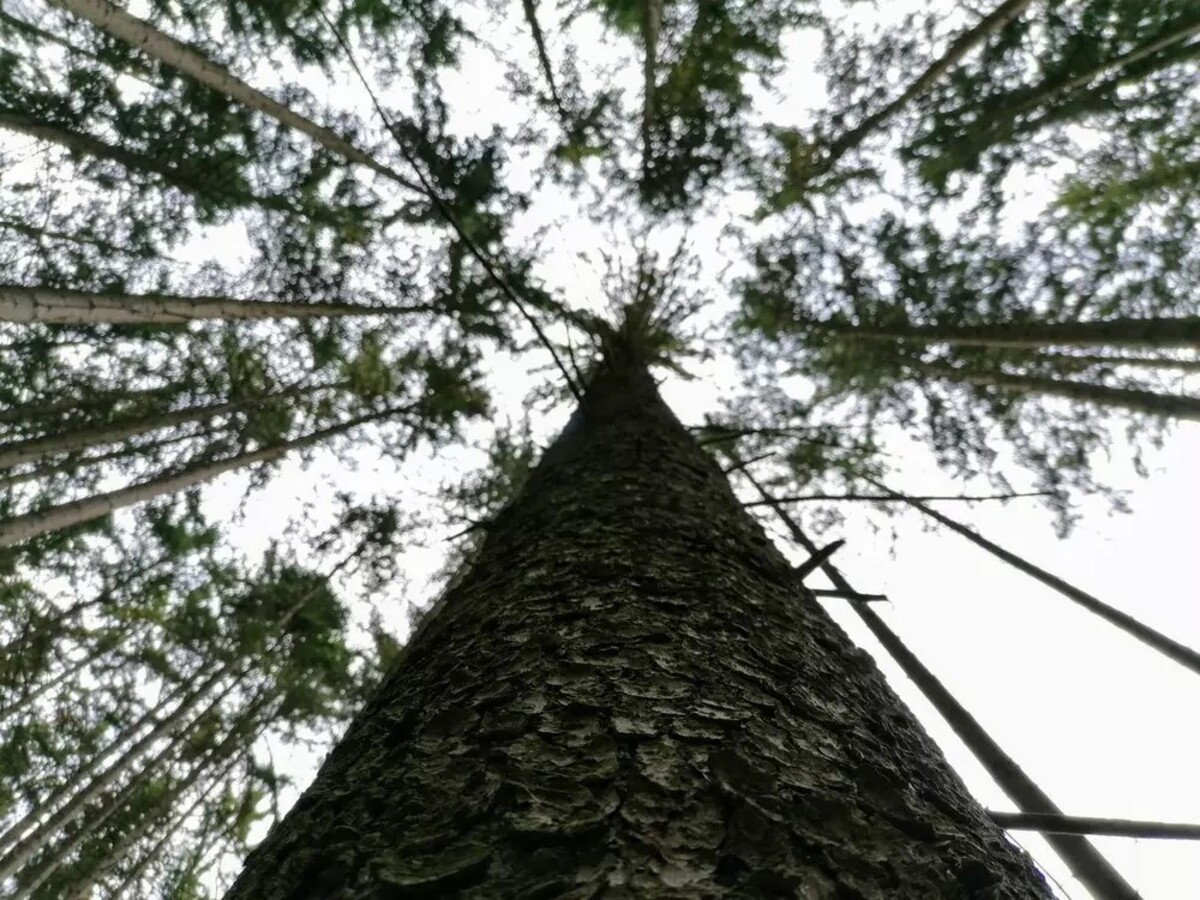
At the very end, we have to choose another tree, introduce ourselves to him - we are visiting, explain to him what we are doing here, and if something bothers us, whisper it to him. "He won't tell anyone, he'll take it, he's big and strong, and it might help you," says Lucia. “Or you can just thank him for being here, or observe his bark. I'll leave it to you."
A little uncertainly, I come to a beautiful tree with smooth bark. I hug him lightly, introduce myself in a whisper and explain to him what I'm doing here. At first I feel like a psychiatric patient, but after a while I am quietly talking to the tree about everything that bothers me. Although it is a living organism, it just stands and "listens to me". I find my eyes filling with tears. It was as if he was telling me with his still presence that everything would be fine.
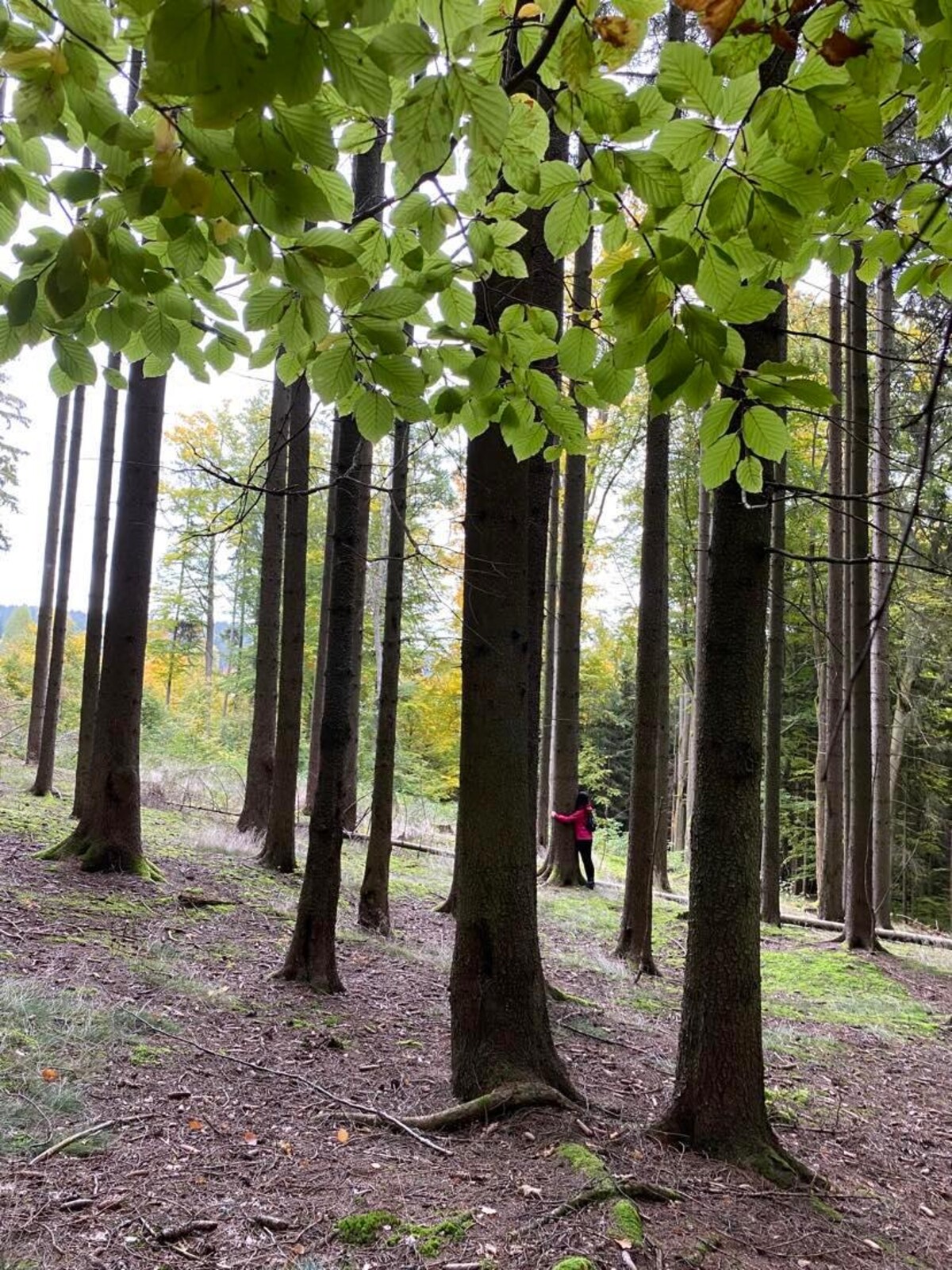
I note that I am no esotericist, and although I have a strong connection to nature, I have always made a little fun of people who hug trees. However, after this experience, I feel as if my problems are more bearable. The ones that I actually created myself in my head don't even exist anymore.
I wipe away my tear and go back to the others. Lucia pours us a strange warm drink that smells like a pine forest. We learn that it is an infusion of needles. It is easy to prepare - in short, the needles are boiled in water for about ten minutes. We drink and talk about what we experienced during therapy.
Despite the fact that the forest therapy was not really a "miracle", I leave the forest completely calm and feeling like someone massaged my brain. After the problems that we "postponed" at the beginning of the therapy at the first tree, at the end, did not return.
If problems persis, please contact administrator.


